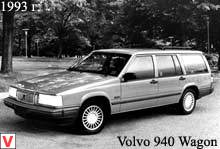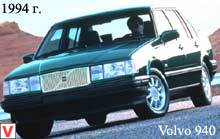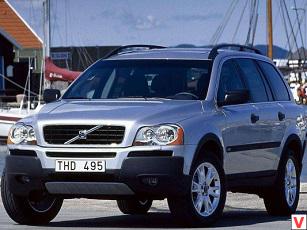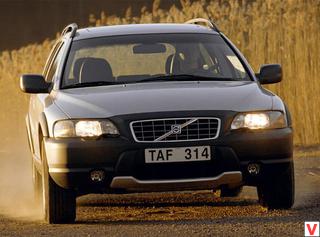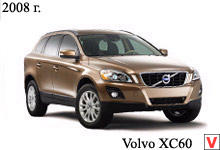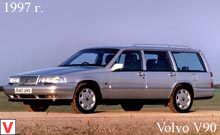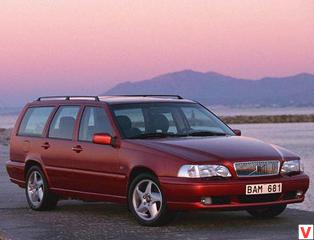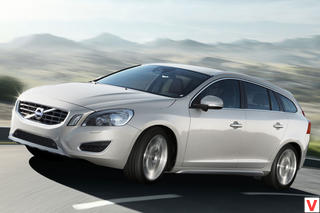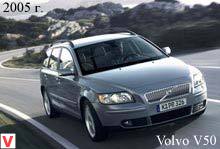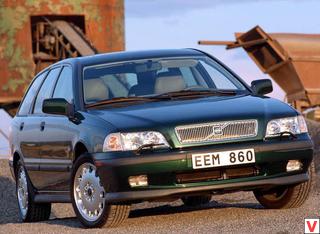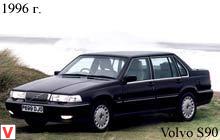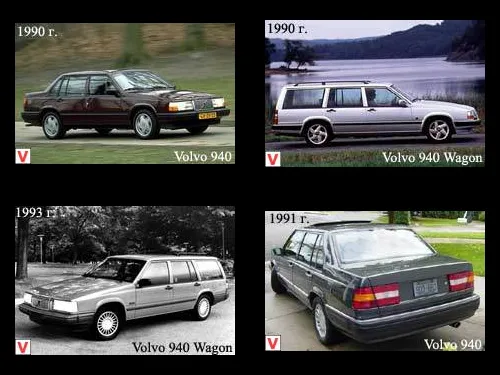
The model range of the Volvo 940 appeared in the fall of 1990. The model, in fact, is a further development of the angular rear-wheel drive 700 series, which can clearly be traced already in the design, although it has become less angular, in principle the appearance of the model has not changed. Silhouette mainly corrected by a larger angle of the rear pillars and glass, changing the front and bumpers. Compared with the 700th in the 900-x sedans, the capacity of the trunk is increased, and the connector of its cover is lowered to the bumper. At that time, the boxed boxing style, in which the Volvo 700 Series cars were made, slowly began to lose its relevance.
In other words, out of fashion. But the developers managed to breathe a second life into the once popular car, rounding its sides, and replacing the seven with nine in the name. In terms of durability, safety and comfort, the company remained true to itself: an eight-year warranty on the body, nominally built-in additional beams for side impact protection at the doors, airbags for the driver and passenger (from March 1992), a spacious lounge where they can comfortably accommodate five people and a decent 500-liter trunk. Model 940 differs from the more expensive 960th not only in that the first has a 4-cylinder, and the second has a 6-cylinder engine.
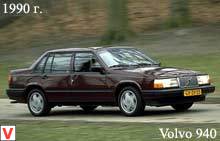
They, like the 740 and 760, have different rear suspension: in the 940 dependent, and in the 960 - independent. To distinguish these models at a glance is very difficult. Volvo 940 has quite a solid size, belongs to the representative models and is considered one of the most affordable in this class. Dimensions are impressive (4870x1750x1410 mm), turning radius (9.9 m). Solid and heavy (full weight 1950 kg) car in motion on a variety of roads is very reliable. The interior of the spacious cabin has not changed much.
The seats are comfortable. Ventilation and powerful heating are the signature features of the Scandinavian brand, as is the built-in electric heating of the seats. Handling of the 900th series remained approximately at the level of the previous 700th series, which is not surprising, because the chassis with rear-wheel drive and spring-lever suspension almost did not change. The Volvo 940 has a number of new safety features. This model in standard equipment had three-point inertia seat belts and adjustable rear head restraints, which was the beginning of the transition of the whole world to the same standards.
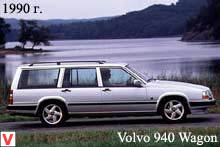
Moreover, the rear seat had an integrated child seat, installed as an option since the fall of 1992. Release and version of the wagon. These cars are distinguished by a large useful volume, convenient "pockets", nets for attaching luggage (for some models), etc. The station wagon is roomy, like a cargo van, the luggage compartment can be separated from the cabin by pulling the net. In addition to the main passenger seats in the rear of the station wagon, you can install an extra seat for two, which, given the very large space for luggage (from 990 to 2125 liters with the rear seats folded), makes this wagon almost a mini-van.
It is noteworthy that 900 wagons are so similar to their predecessors of the 700 series, that the amateur can identify them only by the appropriate inscriptions on the nameplates. Model 940 was equipped only with in-line petrol "fours": turbocharged 2.0-liter B200FT with a capacity of 155 hp (for export mainly to Southern Europe), a 2.3-liter B230F injected 135 hp and a turbocharged B230FT with a capacity of 165 hp, a 16-valve B234F with a capacity of 155 hp and noisy 2.4-liter six-cylinder turbodiesels D24T and D24T1С with 109 and 115 hp respectively. Since September 1992, they have been supplemented by a 122-strong D24T2C. On the 940, five types of gearboxes were used.
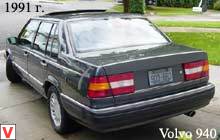
Most often there are cars equipped with automatic with 4-range control and 5-speed manual gearbox. In 1996, the family experienced a restyling: they updated the headlights, bumpers and interior. The indices also changed: the sedan was renamed the S90 and the wagon the V90. In 1998, the family was removed from production.
Other images auto Volvo 940
